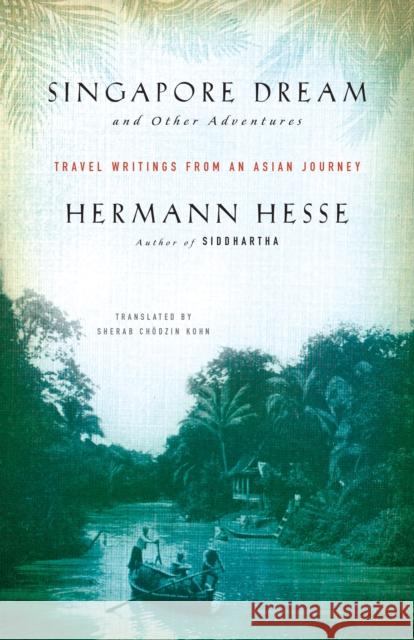Singapore Dream and Other Adventures: Travel Writings from an Asian Journey » książka
topmenu
Singapore Dream and Other Adventures: Travel Writings from an Asian Journey
ISBN-13: 9781611805895 / Angielski / Miękka / 2018 / 160 str.
Kategorie:
Kategorie BISAC:
Wydawca:
Shambhala
Język:
Angielski
ISBN-13:
9781611805895
Rok wydania:
2018
Ilość stron:
160
Waga:
0.18 kg
Wymiary:
21.34 x 13.72 x 1.78
Oprawa:
Miękka
Wolumenów:
01











